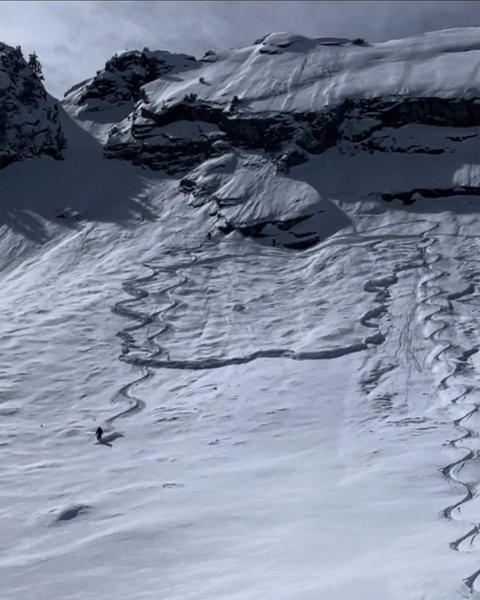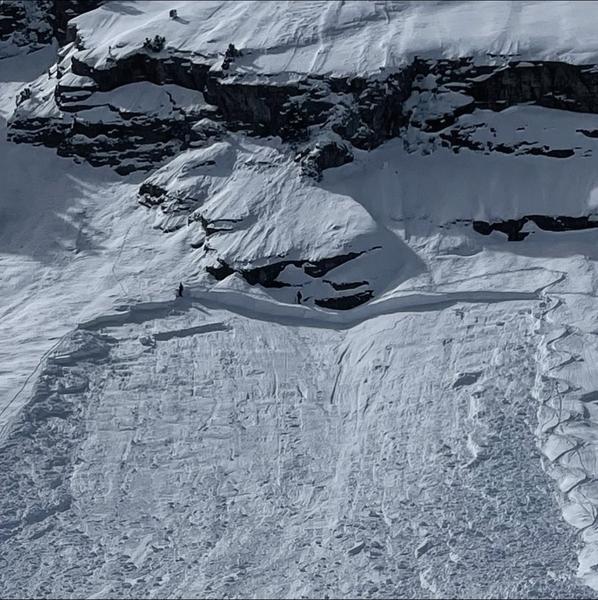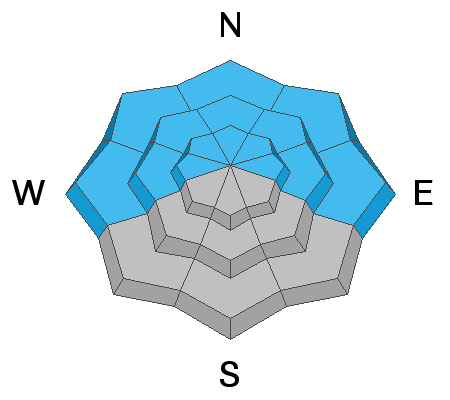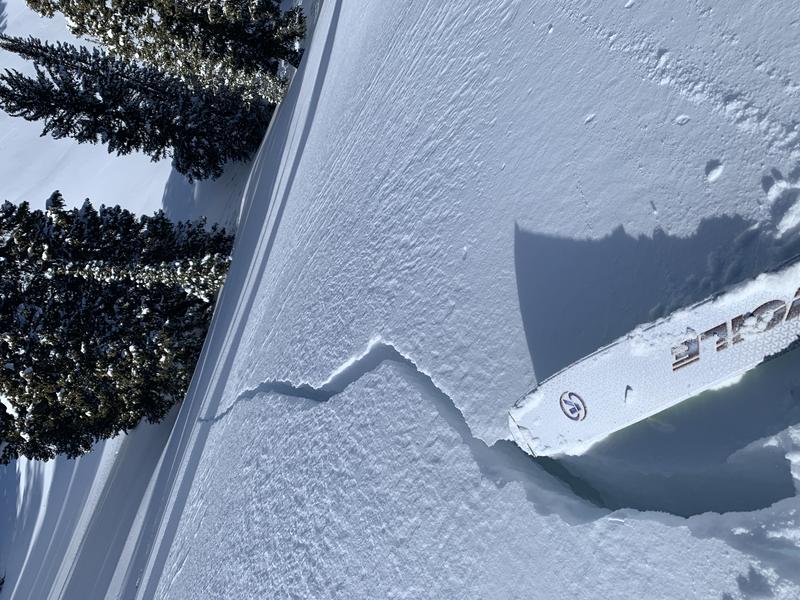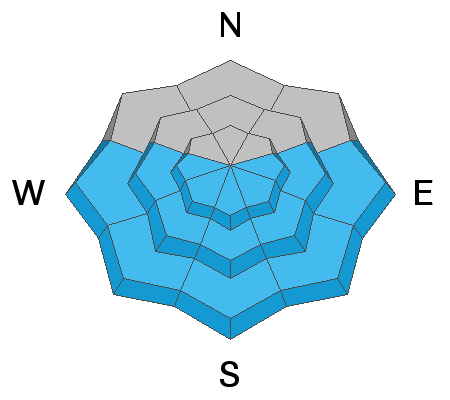Forecast for the Salt Lake Area Mountains

Issued by Drew Hardesty on
Saturday morning, March 12, 2022
Saturday morning, March 12, 2022
TODAY HAS AVALANCHE ACCIDENT WRITTEN ALL OVER IT.
***Please share our message.***
A CONSIDERABLE avalanche danger exists on steep west to north to east facing aspects of all elevations. These are dangerous, unmanageable avalanches 2-4' deep and a couple hundred feet wide. Know that you will trigger these from a distance. Know that you will see others riding steep terrain and getting away with it. You may not.
The danger for wet avalanches will reach CONSIDERABLE today on all steep solar aspects. Roof-alanches are a real hazard and expected today as homes shed the recent storm snow.
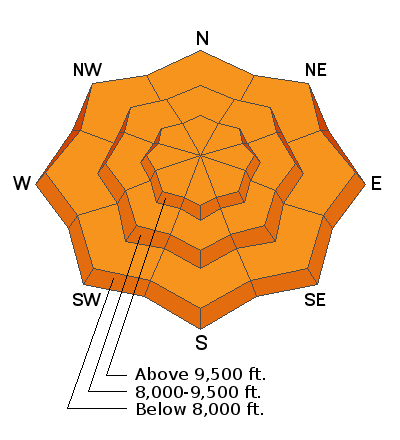
Low
Moderate
Considerable
High
Extreme
Learn how to read the forecast here



